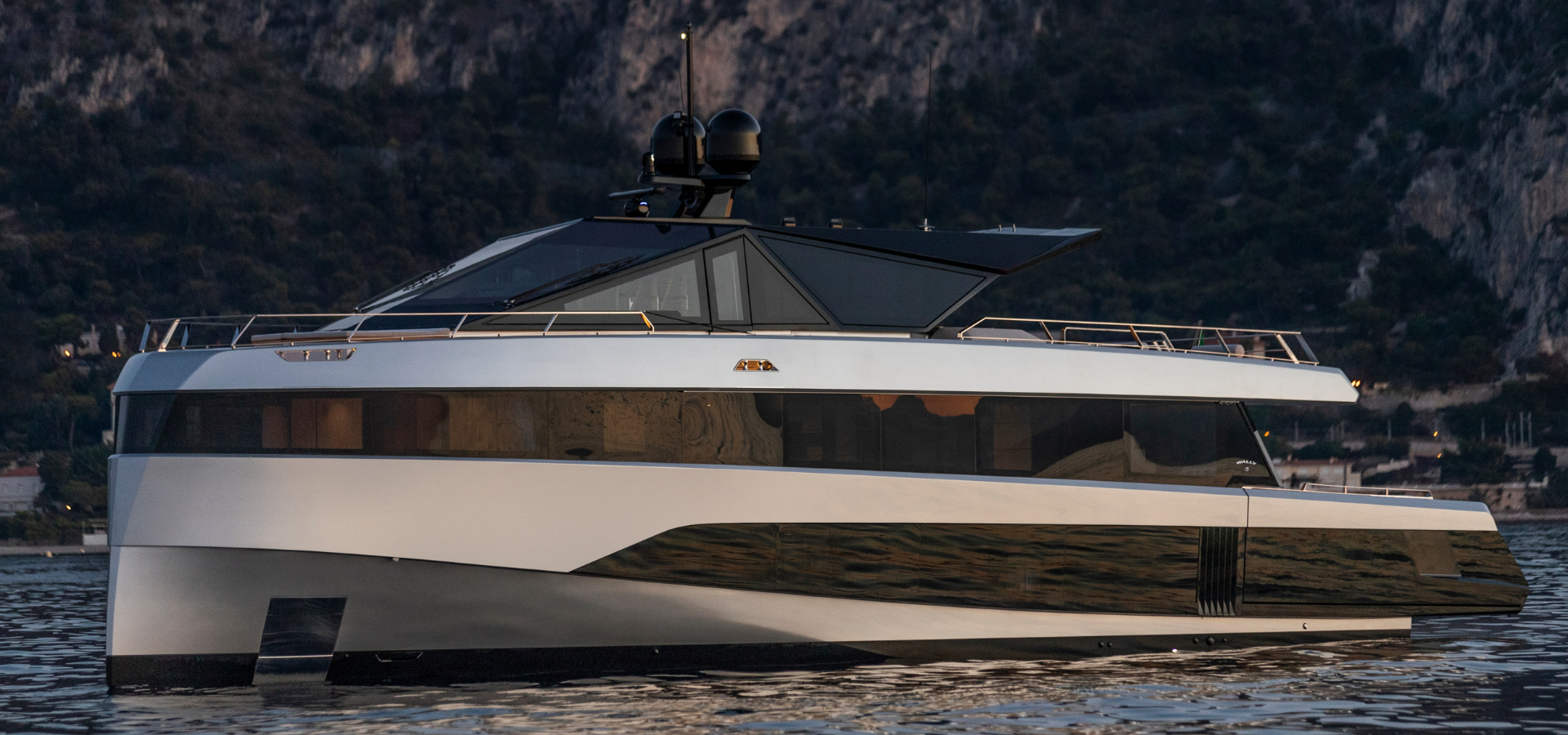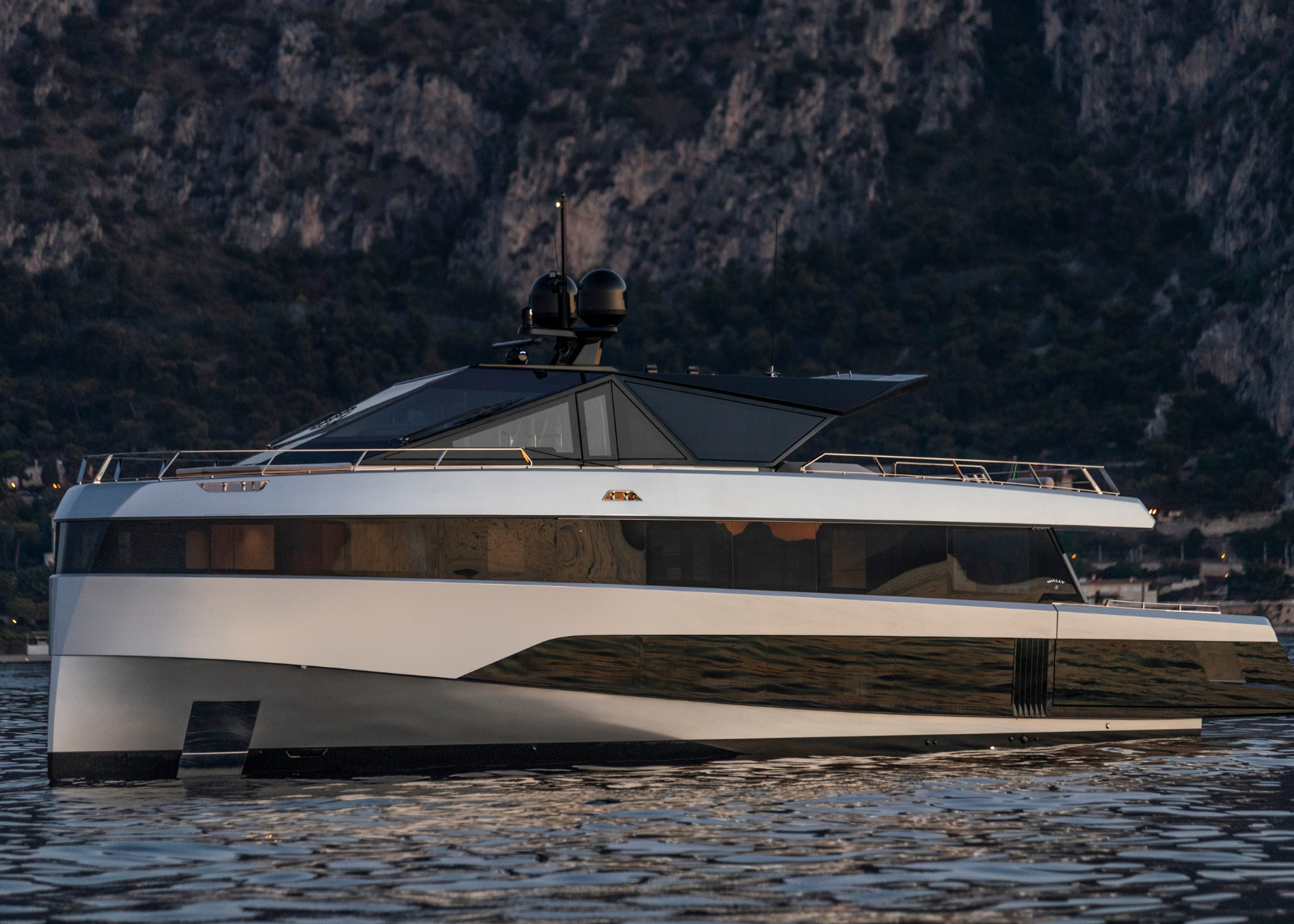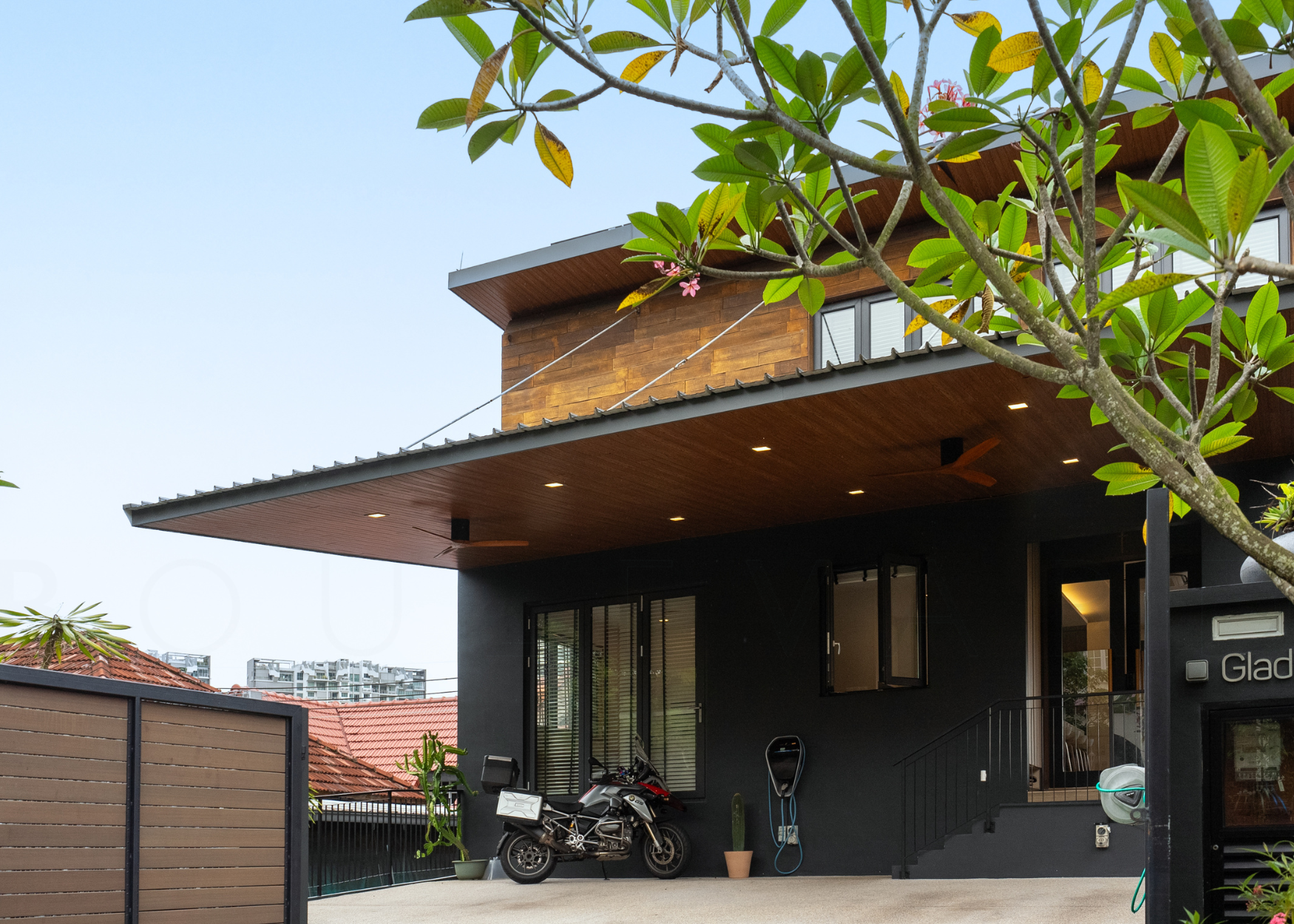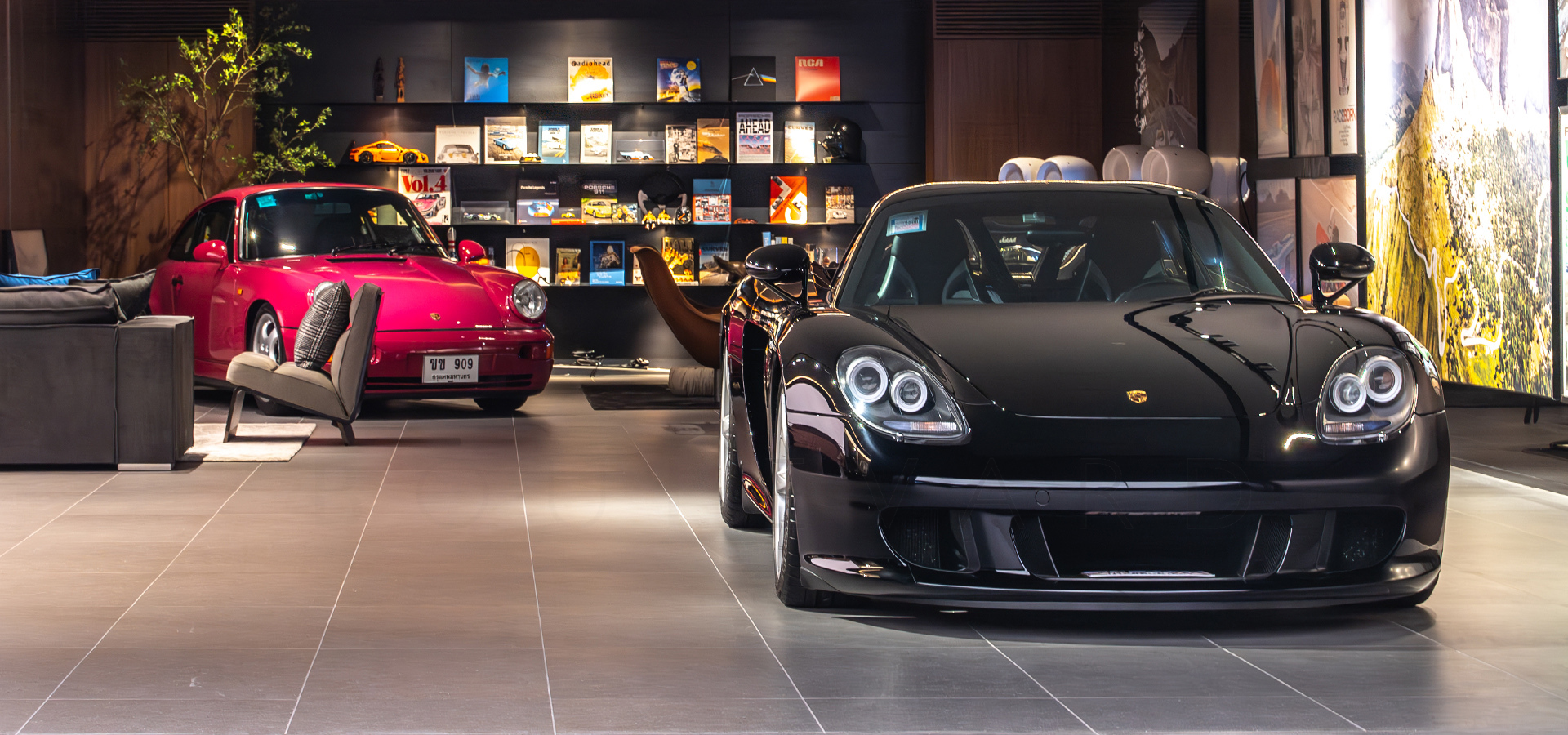The interview: Stefano de Vivo, managing director of Wally Yachts
The wallywhy200 superyacht rears up in the historic vieux port of Saint-Tropez, broad, angular and brooding in its black carbon-fibre and metallics that glint in the sun and catch the eye amidst the more conventional power yachts and sailing boats, the pastels and the cobblestones of the picturesque harbour. Drippingly chic with its teak beach-platform and elegantly arrayed daybeds framed by sharp, linear rails and mirrored black ceilings, the superyacht is almost out of place in this hedonistic Riviera hotspot, as if it belonged on set serving as a Bond villain’s pleasure barge, or in some noir future world given over to unabashed luxury and devastating design.
As we pull out of port, growling lowly, and then pick up a little speed on our way to watch the annual regatta – passing lavish power yachts, gleaming Riviera tenders and 90-foot sailing boats with 20-person crews – every head turns. Even in this incomparably glamorous stamping ground of celebrities and centi-millionaires, as we coast by state-of-the-art cruisers and mega yachts with helicopters, the wallywhy200 commands attention – and desire.
“This is what Wally does,” says Stefano de Vivo, managing director of Wally and CCO of Ferretti Group (Wally is one of the Group’s brands), referring not to the yacht builder’s innovation, its engineering excellence, or avant-garde design – but to the iconoclasm, the vision, the visceral appeal of these extraordinary boats, as if the appeal itself is ‘what Wally does’, and the yachts are almost corollary.
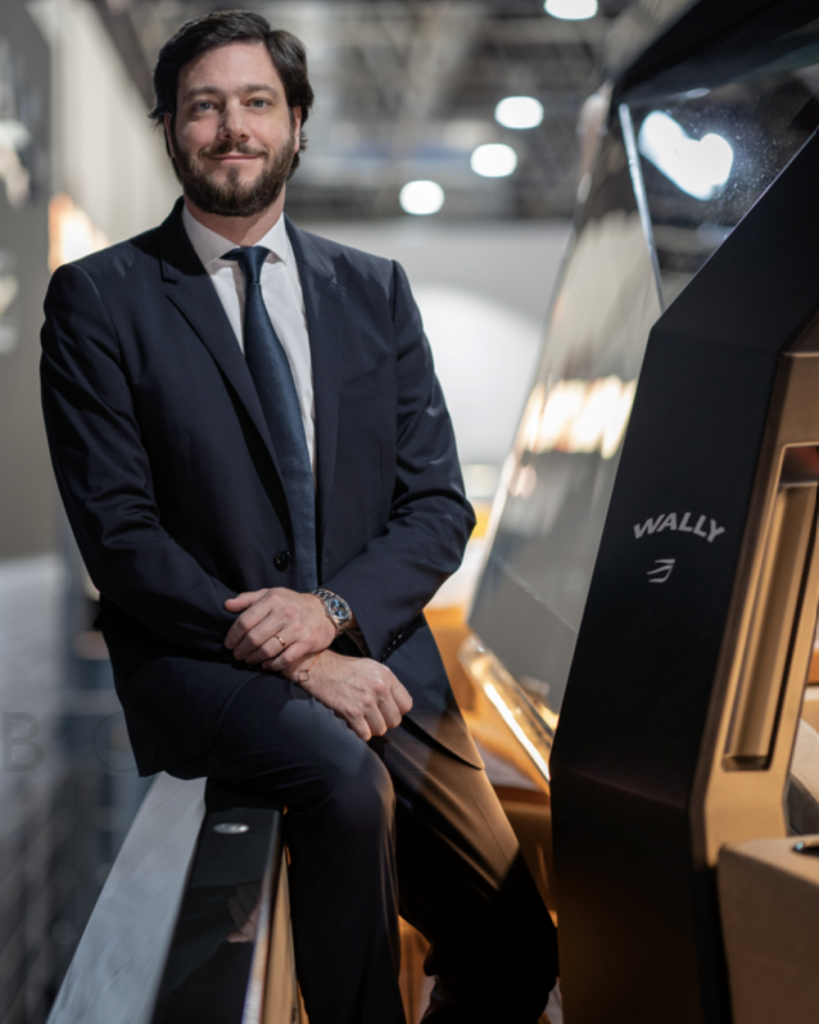
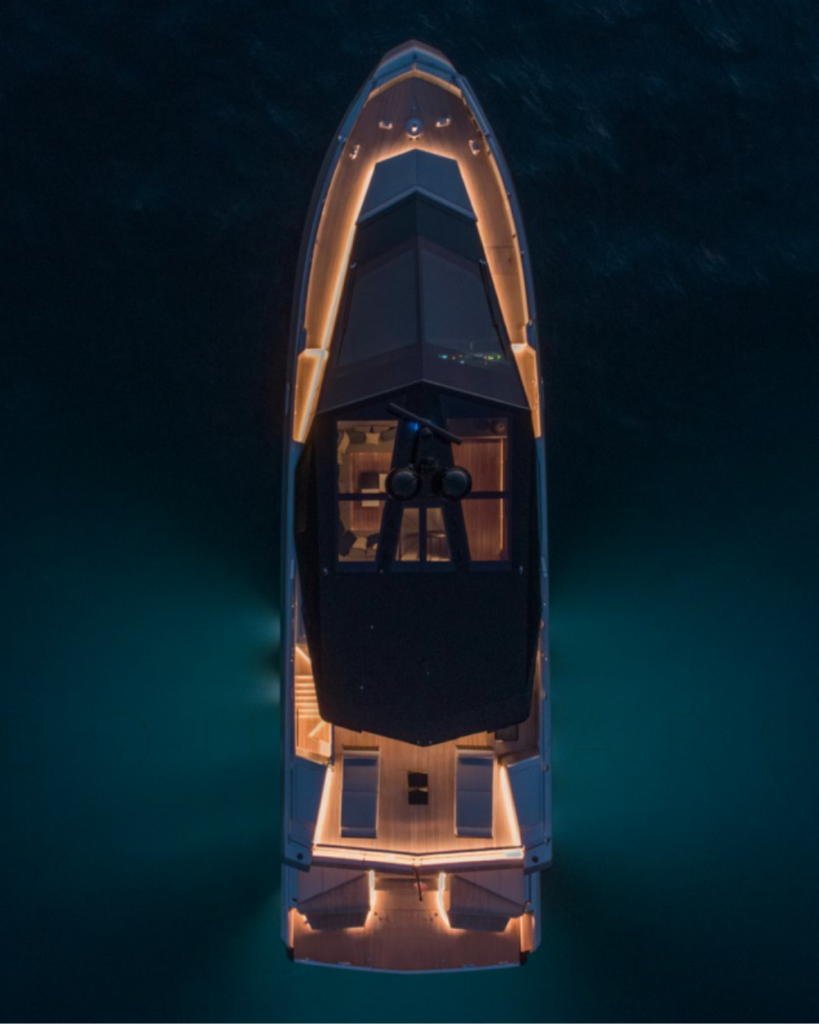
“The wallypower118 was launched 20 years ago, but even today it’s still 20 years ahead.”
“When you look at the wallypower118 – the boat that was used in the movie The Island – it was launched 20 years ago; but if you launched it today, it’d still be 20 years ahead,” de Vivo continues. ‘20 years ahead’ is, indeed, Wally’s tagline, and whatever the brand lacks in modesty, it makes up for in the vision and execution, in the taking up of its own gauntlet. The wallypower118 is, to this day, bold and alluring and futuristic, and one can similarly imagine the wallywhy200 turning heads for decades to come. Set amongst the panoply of largely white, uniformly curvaceous super-yachts, the wallywhy200 is captivating in its sharp, angular lines, its darkly handsome palette, and the intriguing contrast of its imposing volume and sleek design.
“Wally was first created for people with a knowledge of sailing, who have the means to buy the most expensive boats on the planet, and who also have a sense of taste, of design,” says de Vivo. “These days, a surprising percentage of our clientele are newcomers to the industry – and we’re not a starting brand normally. They know nothing about sailing. But a big sailing yacht, like the wallycento, is such a fantastic ambassador. Whether you understand exactly what’s going on or not, watching them compete in Les Voiles de Saint-Tropez, it’s just beautiful to see them going by, and the teams working all together.

“Buyers know that someone, some day, is going to say: that was a pioneering product.”
“A lot of people buy a Wally power boat, because they see what beautiful products the sailing boats are. They want to be part of this. They know that someone, some day, is going to say: that was a pioneering product – and they will have been part of it, part of the brand. So that’s why we’ll always be behind sailing.”
The brand seems to begin with this passion, and from there, the vision takes shape for one of the world’s fastest sailing yachts, or for a ‘blisteringly’ quick yet incongruously commodious tender, or for a prowling super-yacht comprised of angles and metallics and black carbon fibre, yet bedecked with sumptuous lounges, vast interiors and dazzlingly expansive windows bathing in wraparound views. The shipbuilder began life with founder and chief designer Luca Bassani’s passion for sailing and his ambition to push it to new levels of performance, comfort and sheer yachting pleasure.
“The philosophy of Luca is, if you are spending so much money on a sailing boat – probably five times more than buying a power boat – it’s because you love sailing. So if we can make the boat lighter, it means that with five knots of wind, you can switch off your engine and go sailing. You don’t have to wait for 12 knots of wind; the technology is there to make sure you’re sailing all the time,” says de Vivo. “Wally yachts became the best racing machines simply because they’re the lightest, fastest cruising boats you can get.”
Pioneering design is in the brand DNA, but it’s a means to an end, it’s motivated by and extends from sailing pleasure. And in the wallywhy200, all that design daring is bound up in comfort. For one thing, the interiors are remarkably voluminous, with a width of 7.66 metres and a height of 2.1 metres in the main salon (both numbers, we’re told, are on the indulgent side for this class of yacht). Then there’s the entertainment potential, which runs the gamut from intimate family gatherings to large-scale parties spilling seamlessly across internal lounges and expansive decks and connected by the central staircase, laminated in a single-piece, that connects all three floors.
And above all, there’s the owner’s suite: positioned in the bow with 270-degree views that required the anchor to be completely transplanted.
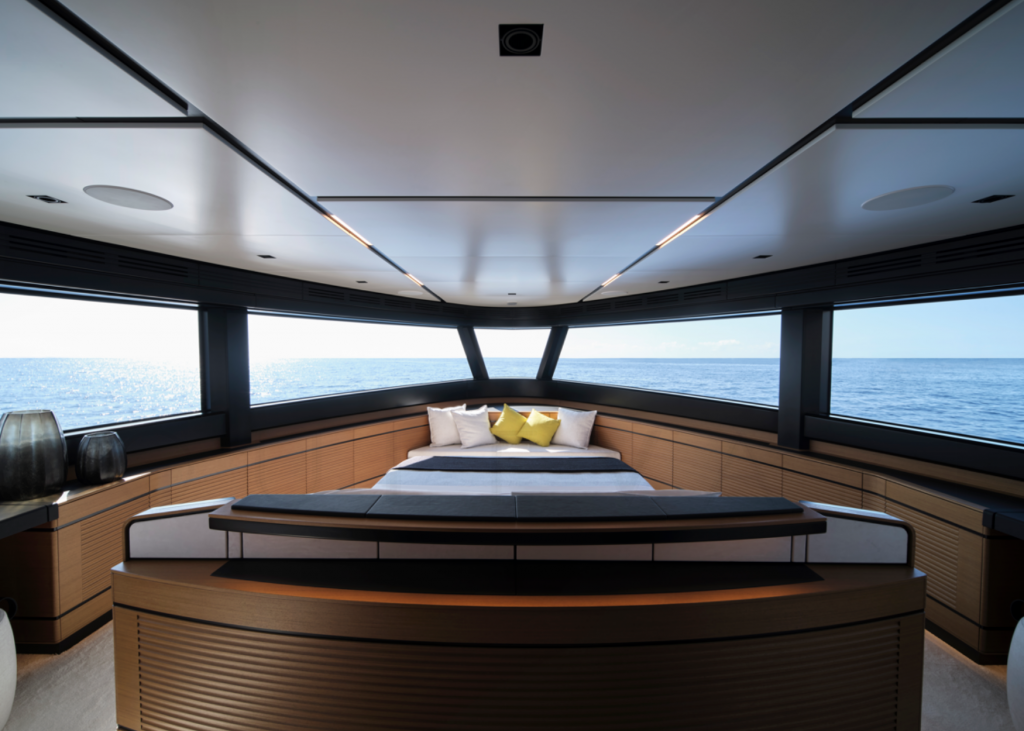
“You’re on a boat, but you’re just going up and down and not rocking everywhere.”
Set against the norm of yachts designed from the outside in, where less-than-generous spaces with less-than-plentiful light are blocked out as best they can, the wallywhy200 bends engineering to a new vision of luxury yachting. And at the heart of that vision is the changing profile – and requirements – of Wally’s buyers.
“Up until the late eighties, you’d sell seven or eight sailing boats to every two to three power,” says de Vivo. “But then the market completely changed, because navigating was made easier by GPS, and power boats became so much easier and more comfortable. The other great breakthrough – which was started by Ferretti Group in 2003 – was a system to stabilise yachts.
“When you were selling a boat in 2000, the first comment you used to get was: Are you crazy, we get sick on the ferry, you think we’re going to buy a boat? So Ferretti worked with Mitsubishi, and took a system they were using to stabilise satellites, and we said, shall we put it on a boat? And it worked. And since then it has gotten better and better, and today you’re damping the motion 70 to 75 percent. It’s crazy to think of, you’re on a boat, but you’re just going up and down and not rocking everywhere. In fact, for me, as a sailor, it’s a little bit strange, because when you see a wave coming you automatically prepare for it, but then you just go up and down.”
“We stopped trying to teach clients how to use their boats, and learned to appreciate what they actually wanted to do with them,” de Vivo continues. “And so now we have these boats – still with Italian taste and style – but optimised for their usage.”A whole-scale reworking of the layouts has provided for options including commercial kitchens, karaoke rooms, and in the wallywhy200, the trans-formation of the glorious owner’s suite into the ultimate private dining room on the sea. And the necessity of reinvention is only going to accelerate as sky-rocketing wealth in growth markets creates ever-more demanding demand.
“Luxury yachting has very low penetration – fewer than one percent of UHNW individuals have a boat,” says de Vivo. “And this is why the market can keep on growing – because we’re attracting people who’ve never done it before. We still have 99 percent to go after.”
